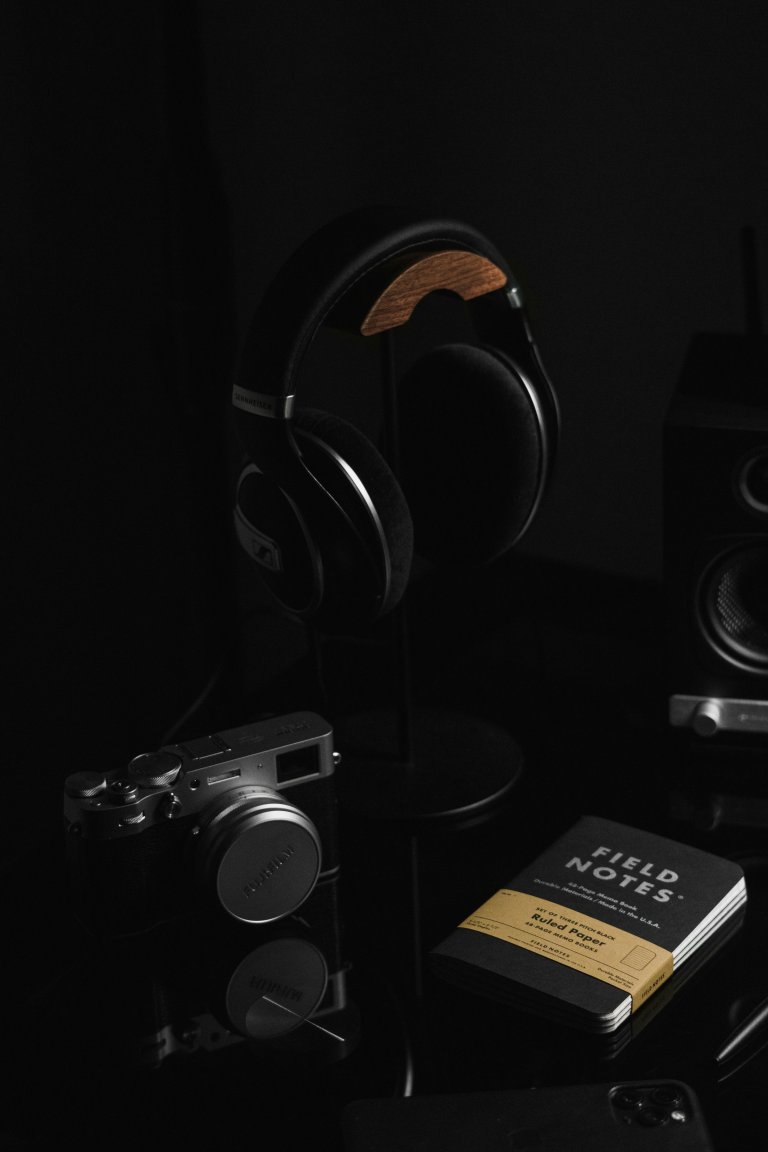Tips – Advantages and Disadvantages of the iPod Video
The iPod video, also known as the fifth generation iPod, was released by Apple in 2005. It was the first iPod to have a video playback feature, making it a popular choice for music and video enthusiasts. However, like any other electronic device, it has its own set of advantages and disadvantages. In this article, we will take a closer look at the tips, advantages, and disadvantages of the iPod video.
Advantages
1. Video playback feature: As mentioned earlier, the iPod video was the first iPod to have a video playback feature. This means that users can now not only listen to music but also watch videos and movies on their device. This was a significant upgrade from the previous versions of the iPod, which only allowed for audio playback.
2. Large storage capacity: The iPod video came in two storage capacities, 30GB and 60GB, which was a significant upgrade from the previous versions. This meant that users could now store more music, videos, and other media on their device without having to worry about running out of space.
3. Sleek design: The iPod video had a sleek and slim design, making it easy to carry around. The 2.5-inch color screen was also a significant upgrade from the previous versions, making it easier for users to navigate and view their media.
4. Battery life: The iPod video had a long battery life of up to 14 hours for music playback and up to 3.5 hours for video playback. This was a significant advantage for users who wanted to use their device for extended periods without having to worry about charging it.
5. User-friendly interface: Apple has always been known for its user-friendly interface, and the iPod video was no exception. It had a simple and intuitive interface, making it easy for users to navigate and access their media.
Disadvantages
1. Limited video format support: One of the main drawbacks of the iPod video was its limited video format support. It could only play videos in MP4 format, which meant that users had to convert their videos to MP4 before transferring them to the device.
2. Expensive: The iPod video was a relatively expensive device at the time of its release. This meant that it may not have been accessible to everyone, especially students and individuals on a tight budget.
3. Fragile: The iPod video had a delicate and fragile design, which made it prone to scratches and damage. This meant that users had to be extra careful while handling the device to avoid any damage.
4. Limited battery life: Although the battery life of the iPod video was a significant advantage, it also had its limitations. With extended use, the battery life could decrease, and users would have to replace it or charge it more frequently.
5. No Bluetooth or Wi-Fi connectivity: Unlike the later versions of the iPod, the iPod video did not have Bluetooth or Wi-Fi connectivity. This meant that users could not transfer media wirelessly, and they had to rely on a USB connection to transfer files.
Tips for Using the iPod Video
1. Keep the device updated: To ensure that your iPod video functions smoothly, make sure to keep it updated with the latest software and firmware updates from Apple.
2. Protect the screen: As the screen of the iPod video is susceptible to scratches and damage, it is essential to protect it with a screen protector or a case.
3. Convert videos to MP4: As mentioned earlier, the iPod video can only play videos in MP4 format. So, before transferring any videos to the device, make sure to convert them to MP4 using a video converter.
4. Take care of the battery: To prolong the battery life of your iPod video, it is important to take care of the battery. Avoid overcharging and draining the battery completely, as it can reduce its efficiency over time.
5. Use iTunes for media transfer: iTunes is the primary software used for transferring media to the iPod video. Make sure to organize your media library in iTunes before transferring it to the device to avoid any compatibility issues.
Conclusion
The iPod video was a game-changer in the world of portable media players. With its video playback feature, large storage capacity, and sleek design, it became a favorite among music and video enthusiasts. However, it also had its share of disadvantages, such as limited video format support and fragility. With proper care and following the tips mentioned above, users can make the most out of their iPod video and enjoy their favorite media on the go.



